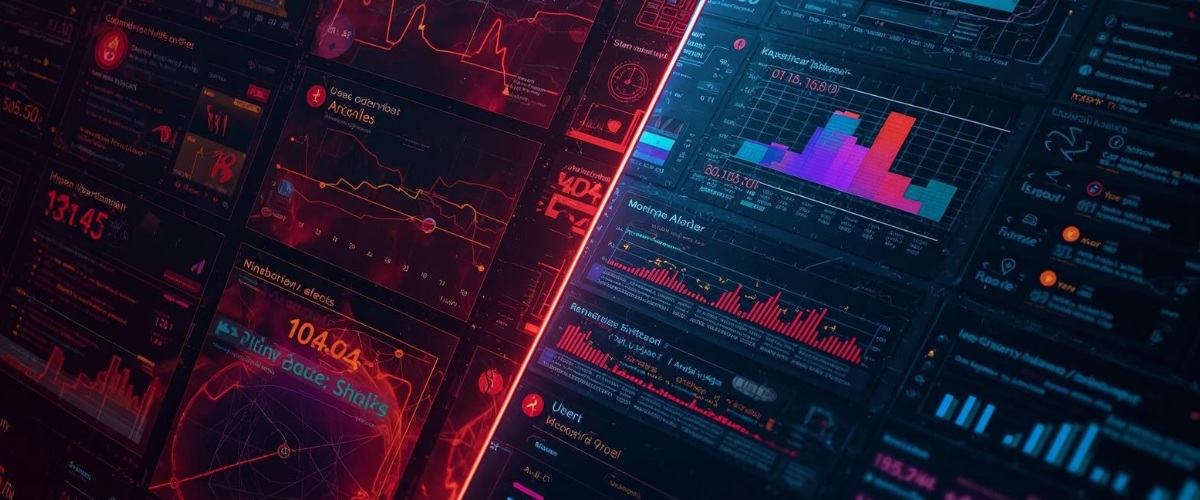Technology

The digital landscape is evolving faster than ever. Businesses today depend on complex applications, hybrid cloud environments, and interconnected systems. With this complexity comes a challenge: how do IT teams ensure everything runs smoothly without missing critical issues? The answer lies in observability—a practice that many experts believe defines the future of IT operations.
What Is Observability in IT?
Observability goes beyond traditional monitoring. While monitoring tells you when something is wrong, observability helps you understand why it’s happening. It provides deep visibility into systems by analyzing logs, metrics, and traces together. This holistic view allows IT teams to quickly pinpoint root causes and resolve issues before they impact users.
In short, observability equips businesses with actionable insights, not just alerts.
Also Read: How Small and Mid-Sized Businesses Can Compete with AI
Why Observability Matters for the Future of IT Operations
The future of IT operations depends on proactive problem-solving rather than reactive firefighting. Here’s why observability plays a central role:
- Faster issue resolution – IT teams can detect and fix problems before they escalate
- Improved user experience – Continuous visibility ensures smoother applications and services
- Support for hybrid and multi-cloud setups – Observability bridges gaps in complex environments
- Data-driven decision-making – Rich insights help businesses plan better capacity and performance strategies
By turning raw system data into meaningful context, observability helps organizations achieve stability and scalability.
Observability and Business Growth
Modern businesses are under pressure to innovate quickly while ensuring reliability. Observability supports this by enabling teams to launch new products, scale systems, and adopt new technologies with confidence. It ensures that performance and security are not compromised, even as businesses expand. This makes it a cornerstone for the future of IT operations in growth-driven organizations.
The Shift From Monitoring to Observability
Traditional monitoring tools are limited to predefined dashboards and known failure points. Observability, however, gives IT operations the ability to explore unknowns. Instead of waiting for alerts, teams can investigate patterns, anomalies, and behaviors across the entire system. This shift is what sets forward-looking organizations apart.
Final Thoughts
The future of IT operations is about resilience, agility, and intelligence—and observability ties all three together. It empowers IT teams to see beyond the surface, anticipate challenges, and ensure seamless digital experiences. Businesses that embrace observability today are not only protecting operations but also positioning themselves for long-term growth.
Observability isn’t just a tool—it’s the mindset and strategy shaping tomorrow’s IT operations.
Tags:
Emerging TechnologiesInnovationAuthor - Vaishnavi K V
Vaishnavi is an exceptionally self-motivated person with more than 5 years of expertise in producing news stories, blogs, and content marketing pieces. She uses strong language and an accurate and flexible writing style. She is passionate about learning new subjects, has a talent for creating original material, and has the ability to produce polished and appealing writing for diverse clients.


